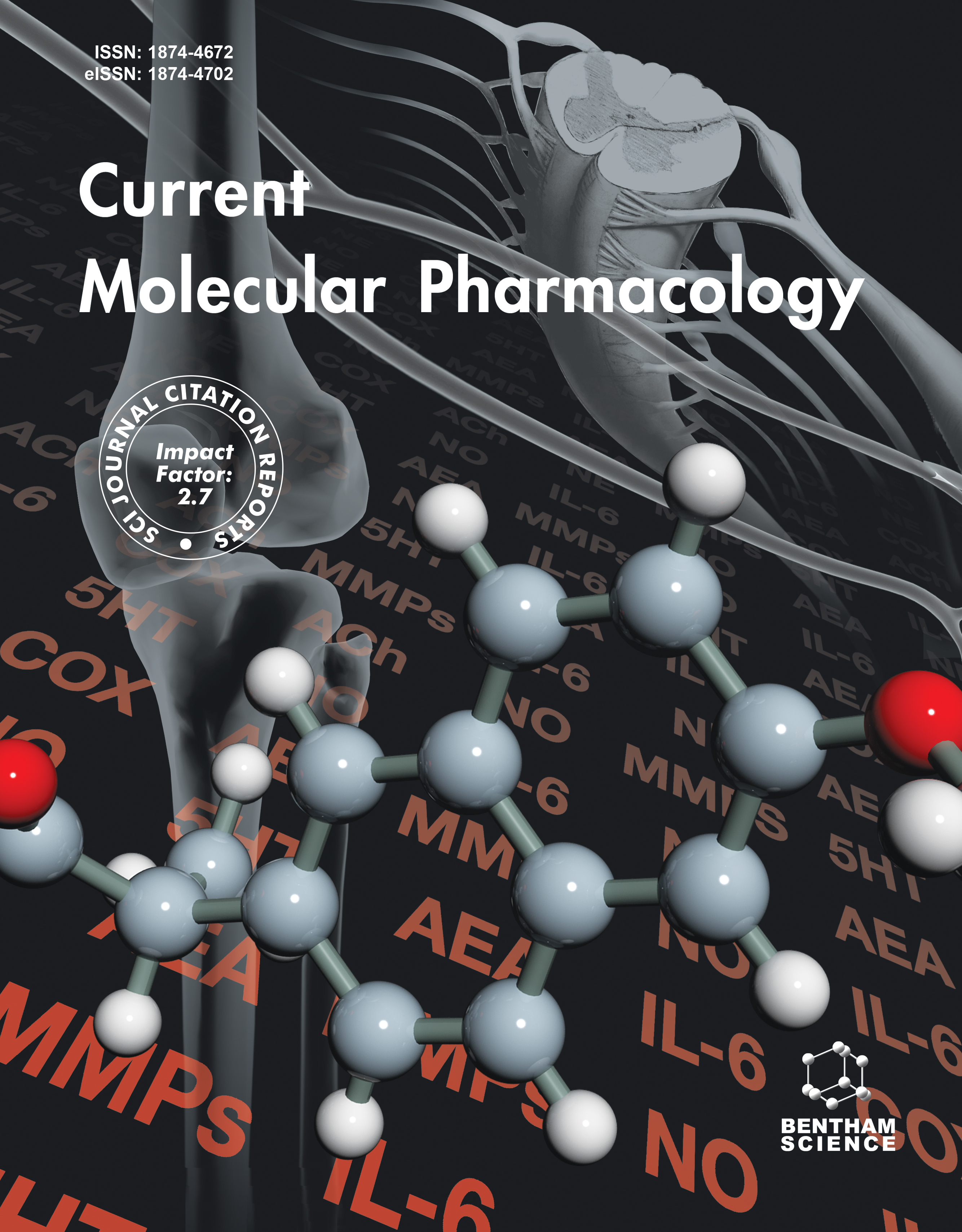-
oa Mammalian Target of Rapamycin (mTOR) Signalling Pathway-A Potential Target for Cancer Intervention: A Short Overview
- Source: Current Molecular Pharmacology, Volume 17, Issue 1, Jan 2024, e310323215268
-
- 07 Nov 2022
- 17 Feb 2023
- 25 May 2024
Abstract
The mammalian role of the rapamycin (mTOR) pathway is the practical nutrient-sensitive regulation of animal growth and plays a central role in physiology, metabolism, and common diseases. The mTOR is activated in response to nutrients, growth factors, and cellular energy. The mTOR pathway activates in various cellular processes and human cancer diseases. Dysfunction of mTOR signal transduction is associated with metabolic disorders, cancer for instance.
In recent years, significant achievements envisaged in developing targeted drugs for cancer. The global impact of cancer continues to grow. However, the focus of disease-modifying therapies remains elusive. The mTOR is a significant target in cancer to be considered for mTOR inhibitors, even though the costs are high. Despite many mTOR inhibitors, potent, selective inhibitors for mTOR are still limited. Therefore, in this review, the mTOR structure and protein-ligand interactions of utmost importance to provide the basis for molecular modelling and structure-based drug design are discussed.
This review introduces the mTOR, its crystal structure, and the latest research on mTOR.Besides, the role of mTOR in cancer, its function, and its regulation are reviewed. In addition, the mechanistic role of mTOR signalling networks in cancer and interaction with drugs that inhibit the development of mTOR and crystal structures of mTOR and its complexes are explored. Finally, the current status and prospects of mTOR-targeted therapy are addressed.


